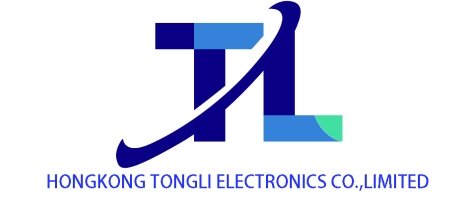Divergence in Storage Market Supply and Demand: LPDDR4X Prices Surge, Multiple Categories Remain Stable
Recently, the storage market has shown a significant divergence. LPDDR4X prices have risen sharply due to tight supply, while most other storage products have maintained stable prices, with different performances across various market segments.
The channel market presents a pattern of “SSD price drop and DDR5 price rise”. Due to the weak retail performance of the domestic C – end and the overseas vacation period, the demand for channel SSD is sluggish. Manufacturers are competing to sell at low prices. The price of 120GB SATA 3 SSD this week is 6.80 US dollars, a decrease of 2.86% compared with last week; the price of 480GB SATA 3 SSD is 19.50 US dollars, a decrease of 5.34%. Affected by the transmission of price increases on the supply side, the price of channel DDR5 memory modules has risen. The price of 16GB 5600 specification this week is 32.00 US dollars, an increase of 3.23%; the price of 32GB 6000 specification is 67.00 US dollars, an increase of 2.29%, while the price of DDR4 memory modules remains stable.
The industry market is performing calmly, and the prices of SSD and DDR4 SODIMM series have remained unchanged. Although some original manufacturers have tried to raise prices slightly for individual PC terminal customers, due to the weak willingness of PC OEM manufacturers to purchase, the actual transactions have not been concluded, and the demand for industrial SSD remains weak.
In terms of embedded storage, the demand side of large – capacity eMMC mainly consumes inventory, and the willingness to stock up is low; the supply of low – capacity eMMC is limited, but the price is stable, and the prices of all specifications of eMMC have remained unchanged this week. The prices of UFS and uMCP series products have also remained stable.
In addition, NVIDIA’s H20 chip has resumed sales to China, which has alleviated the supply chain concerns of the server application side caused by the blockage of key hardware supply. However, at present, H20 is mainly sold from inventory, and there is no plan to restart production for the time being. Therefore, it will not have a significant impact on the storage market in the short term.
The supply crisis in the LPDDR4X market continues to escalate. Affected by delays in the delivery of packaging substrates, the delivery period has been extended to more than 20 weeks. The industry believes that the growing demand for substrates from CoWoS advanced packaging has squeezed part of the substrate supply for consumer – oriented packaging. Coupled with the inherently tight supply of LPDDR4X resources, the pressure on the shipment of finished LPDDR4X products has surged, which has affected the normal production of some mobile phone terminals. After storage manufacturers give priority to meeting the needs of Tier1 customers, they are unable to meet the high – price procurement demands of non – Tier1 customers. This week, the prices of LPDDR4X products with 64Gb and below have risen sharply. The price of 32Gb products has increased by 19.05%, and that of 16Gb products has risen by 16.13%. The high spot prices have brought huge cost pressure to the application side, and some customers have begun to consider reducing capacity and specifications.
In terms of upstream particles, as of July 22, the prices of Flash Wafer, DDR4 and DDR5 particles have remained unchanged. Among various specifications of Flash Wafer, the current price of 1Tb QLC is 5.00 US dollars, 1Tb TLC is 5.60 US dollars, 512Gb TLC is 3.05 US dollars, and 256Gb TLC is 2.75 US dollars, all of which are the same as the previous closing price. In the DDR series, the price of DDR4 16Gb 3200 this week is 6.40 US dollars, DDR4 8Gb 3200 is 3.20 US dollars, and DDR5 16Gb Major is 4.70 US dollars, with no price fluctuations.
